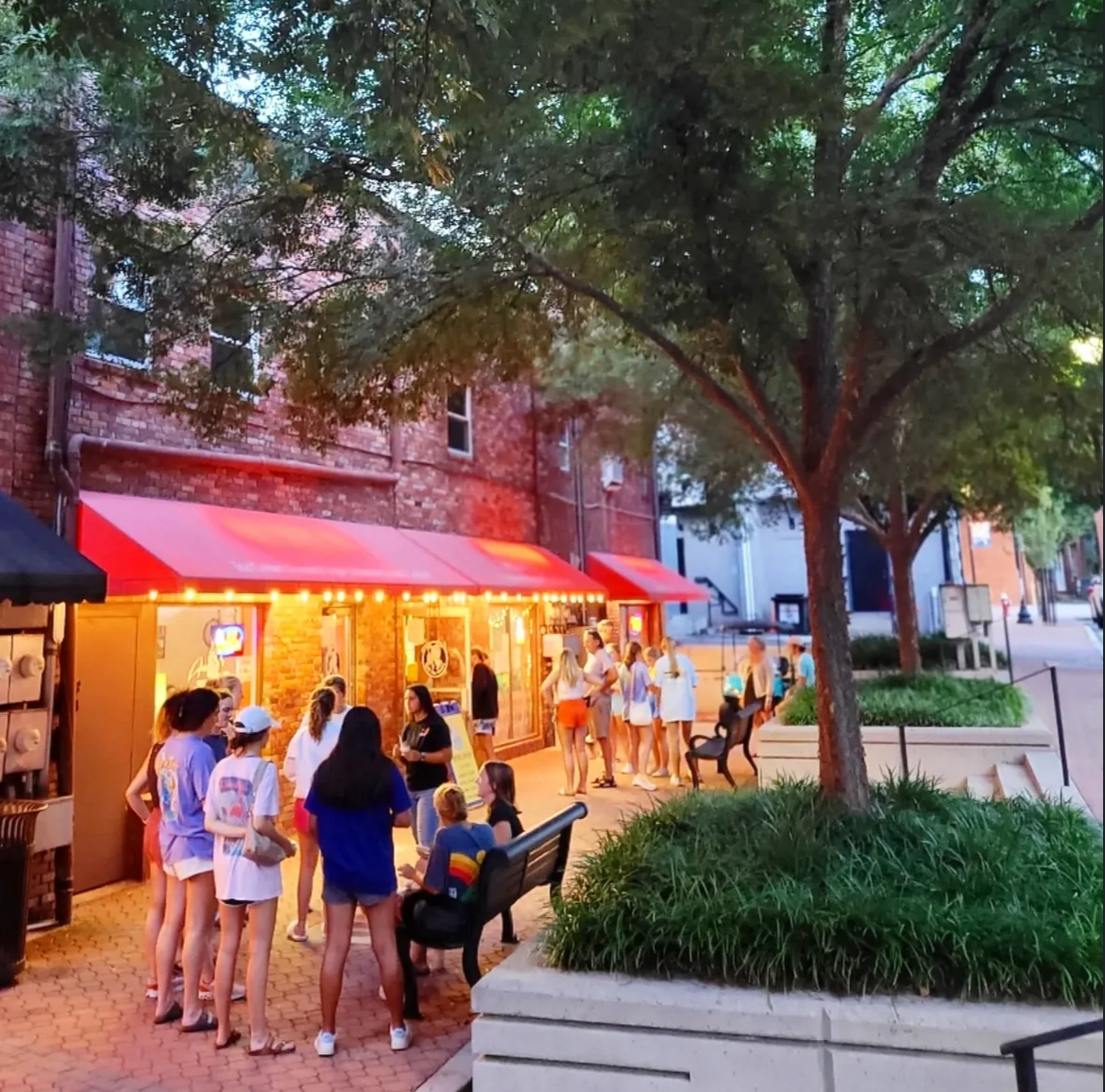When I was a senior in high school, it came time for me to choose a college to attend. My high school was very racially and religiously diverse, and I wanted to have a similar experience in college. Diversity has always been significant to me, as I am curious and interested in cultures other than my own. As a white female, I have constantly wanted to learn more about people who do not necessarily look like me or even think as I do. I approached the decision of choosing my college with a mindset that held diversity and an amazing education in high regard.
One of the schools I was accepted to was Clemson University. As I flipped through my acceptance packet, it seemed Clemson had all I wanted. It offered the Clemson Family experience, diversity programs, a great football team and happy students all around. The pictures in these packets and brochures painted an image of diversity and happiness throughout Clemson’s campus. I was hooked, and I knew Clemson was for me. Clemson not only had the subject I wanted to study and the family feel I desired, but it placed what I thought was a huge emphasis on diversity.
The time finally came for me to start my freshman year at Clemson. I was ecstatic about making new friends and finally starting my college classes. I went into Clemson with an innocent mindset, meaning I was naïve enough to think there was such a thing as diversity anywhere on this campus.
Throughout my first days of classes, I noticed something. Where was the diversity? Where were African-Americans? Where were Hispanics? There were barely any. I had mostly white peers in almost every single class, which shocked me because I attended a high school with an equal representation of African Americans and Hispanics, as well as other minorities. At Clemson, it appeared to be as white as a blank canvas with no intention of adding color.
I could not believe this. I felt lied to and deceived into believing that Clemson really strived to be diverse. I went on with my day looking at people who looked the same as me, and it was like walking through a mirror maze seeing nothing but images of myself over and over again.
Brochures, pamphlets and even the Clemson website misrepresented the reality of Clemson’s absence of diversity. The only places I saw members of other races were at athletic events and in the library, but certainly not in any of my classes.
Looking to add diversity to my life because of the misrepresentation in my acceptance and orientation materials, I joined a service sorority here on campus called Gamma Sigma Sigma. This service sorority welcomed diversity, and I was finally able to make friends who were of different races than mine, who had different religions than mine and who thought differently than I did, all while being connected through our sorority as sisters.
Despite the misrepresentation, I have still enjoyed my time here. However, I want to see a change. Clemson may have created this fantastical view of diversity because that is what they are striving to obtain at present and in the future. This university has a lot of work to do on its image and past reputation, its misleading images of diversity and more.
The late Maya Angelou said it best: “It is time for parents to teach young people early on that in diversity, there is beauty and there is strength.” Clemson University can achieve this beauty and strength by encouraging diversity throughout the campus and by being more honest in its recruiting materials so students know what they are signing up for. My hopes are that, in the future, Clemson can become more racially, religiously and politically diverse.







